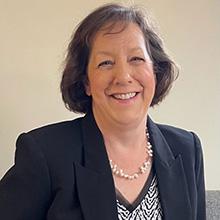Advancement
The Office of Advancement at the Center for Astrophysics | Harvard & Smithsonian coordinates fundraising efforts to enable our scientists and engineers to ask, test and answer humanity's greatest unresolved questions about the Universe.
A core focus of SAO's work as a Smithsonian research unit is to serve the American public through a commitment to cutting-edge scientific research and provide free and equitable access to high quality science data and educational materials. At SAO we believe the "sky belongs to everyone." With your generous support, SAO is able to fulfill this mission every day.
Smithsonian Astrophysical Observatory Advisory Board
The Advisory Board of the Smithsonian Astrophysical Observatory is a volunteer group whose members are philanthropists, corporate leaders, foundation executives, and highly accomplished individuals whose broad experience, specialized knowledge, geographical balance and diverse backgrounds provide an invaluable source of advice and philanthropic support for SAO.
The Office of Advancement at the Smithsonian Astrophysical Observatory (SAO), part of the Center for Astrophysics | Harvard & Smithsonian, directs fundraising efforts that empower our scientists and engineers to explore the biggest unanswered questions of the universe.
Your generous support enables us to fulfill this mission every day. These are some of the campaign priorities for SAO:
AstroAI
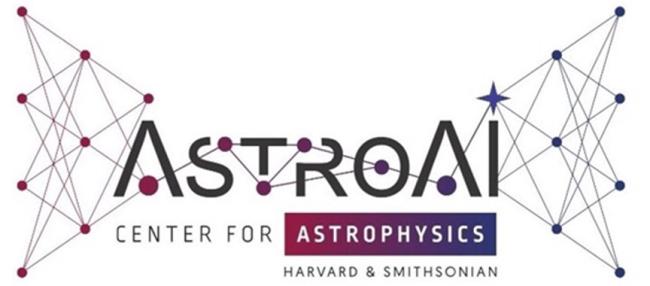
AstroAI strives to bring experts in artificial intelligence together with scientists to tackle the most exciting and challenging problems in astrophysics. By facilitating interdisciplinary collaborations and drawing on the expertise of the Smithsonian, Harvard and Boston area science community, we hope to advance our understanding of the universe and drive forward technology that will revolutionize and accelerate scientific discovery at the CfA.
The Black Hole Explorer
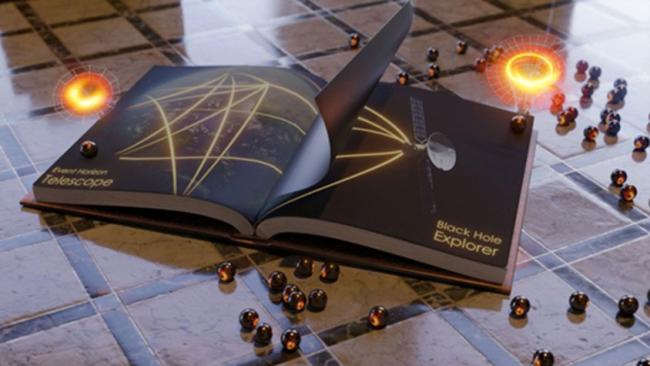
The Black Hole Explorer (BHEX) will extend the ground-based Event Horizon Telescope into space, producing the sharpest images in the history of astronomy. These images will reveal the razor-thin "photon ring" that is predicted to exist around black holes, produced from light that has orbited the black hole before escaping. BHEX will pry the fundamental nature of curved space and time from the complex astrophysical environment of black holes, using light that has circled around the edge of the visible universe.
Sustainable Earth Center
TEMPO
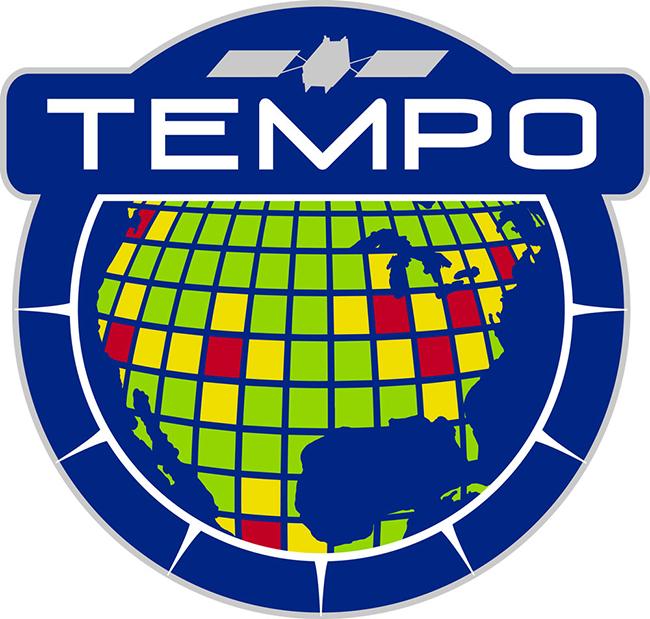
TEMPO (Tropospheric Emissions: Monitoring of Pollution) — a NASA/Smithsonian project launched in spring 2023—feeds hourly data on air pollution in North America to scientists and, eventually, to a website and app so that everyone can understand and address factors impacting air quality in their communities.
MethaneSAT
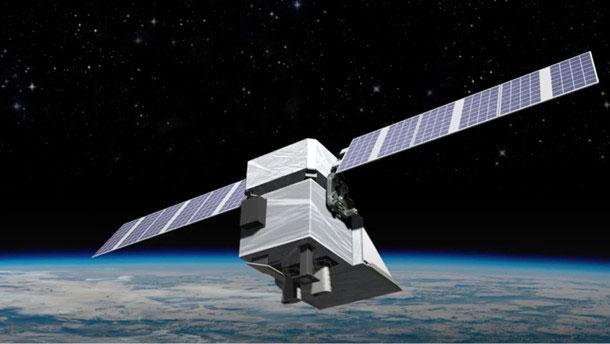
MethaneSAT's goal is to motivate and enable urgent action to reduce methane emissions with free, accurate, high-resolution quantification and tracking of total emissions to find and fix leaks faster and document that progress. MethaneSAT is a satellite which launched on March 4, 2024. Circling the Earth 15 times a day, MethaneSAT will measure changes in methane concentrations as small as three parts per billion. High sensitivity together with high resolution and a wide field of view will enable MethaneSAT to see the whole emissions picture.
EarthAI

In the quest to safeguard our planet's future, the intersection of artificial intelligence (AI) and environmental science has emerged as a frontier of innovation and hope. EarthAI embodies this pioneering spirit, harnessing the power of AI to tackle some of the most pressing environmental challenges. EarthAI's mission lies in the unique application of astrophysical AI methodologies to environmental monitoring and protection. Spectral data has been instrumental in unlocking the mysteries of the universe, and now serves as a critical tool in understanding and preserving our natural world. By adapting AI models designed for the cosmos, EarthAI offers innovative solutions for Earth's complex ecological puzzles.
The Giant Magellan Telescope
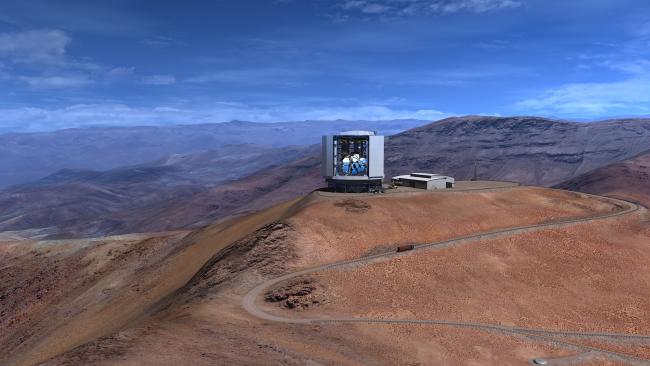
The Giant Magellan Telescope (GMT) and the instruments that SAO is building are critical tools in the search for life on other planets. The GMT's seven enormous, 28-foot mirrors will combine to form a gigantic telescope of unprecedented power. The GMT and its instruments are designed to search for signs of life of exoplanets and investigate the "dark" portion of the Universe with a level of refinement unseen in human history. GMT is expected to have First Light by the end of the decade. While SAO is one of many partners in this massive project, SAO is building key instruments for the GMT such as the G-CLEF spectrograph. Securing funds for exoplanet research will help SAO build these instruments and allow future SAO scientists critical access to GMT research.
Next Generation Event Horizon Telescope (ngEHT)
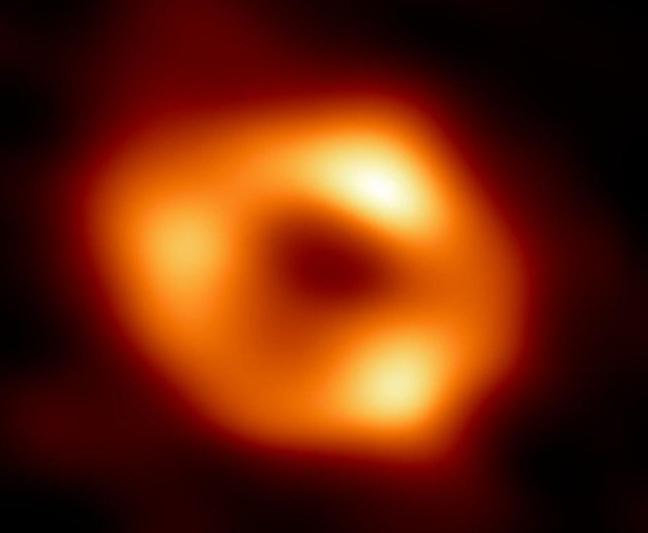
The Next Generation Event Horizon Telescope (ngEHT) will capture the sharpest images and even videos of black holes. To make this possible, it will link together telescopes all over the world to create a virtual Earth-sized telescope.
STARS

By 2026, SAO will launch Scientists Taking Astronomy to Rural Schools (STARS) to bring telescopes into every U.S. classroom and expand standards-aligned curricula available online to educators, families and hopeful explorers worldwide.
Space sparks the imagination and curiosity of young people across generations. Astronomy is a critical entry point to science, math, technology art and mathematics (STEAM) education - using physics, calculus and chemistry to unlock the wonder and mystery of the stars. SAO science educators provide tools, training and resources that bring the cosmos closer for young and lifelong learners everywhere.
ViaSpec
SAO's proposed Via survey will use new, high-resolution instruments—to be built using proven technology and existing infrastructure at the MMT and Magellan telescopes—to collect data that illuminate the fundamental nature of dark matter.
Show Your Support
Help us answer some of humanity’s greatest questions about the universe with a gift to the Smithsonian Astrophysical Observatory.
-
Smithsonian Institution
Smithsonian Astrophysical Observatory
PO Box 418320
Boston, MA 02241-8320
For more information about supporting our science, please contact our Advancement Office.
